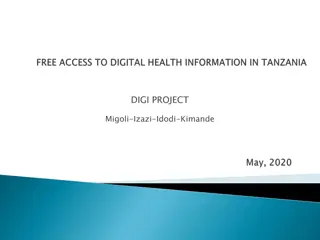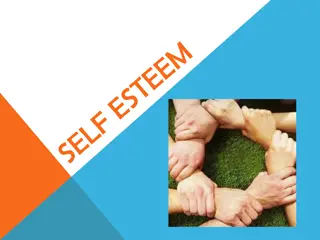
Empowering Communities Through Self-Help Groups: A Comprehensive Overview
Explore the concept of Self-Help Groups (SHGs) as a holistic program empowering the unorganized sector through micro-enterprises, credit accessibility, and community building. Understand the implementation, objectives, functions, and challenges of SHGs for equitable development and financial inclusion.
Download Presentation

Please find below an Image/Link to download the presentation.
The content on the website is provided AS IS for your information and personal use only. It may not be sold, licensed, or shared on other websites without obtaining consent from the author. If you encounter any issues during the download, it is possible that the publisher has removed the file from their server.
You are allowed to download the files provided on this website for personal or commercial use, subject to the condition that they are used lawfully. All files are the property of their respective owners.
The content on the website is provided AS IS for your information and personal use only. It may not be sold, licensed, or shared on other websites without obtaining consent from the author.
E N D
Presentation Transcript
Presented By Dr. Madhu Gupta
CONTENT Introduction Definition of SGP Implementation of SGP Objective of SGP Major Function of SAG Problems of SGP Conclusion Recommendations
Introduction The number of people who work in the unorganized sector are much more higher than those in the organized sector. Thus, there is a need to divert more loans to unorganized sector. This will help in creation of more jobs and empowerment of people unorganized sector. associated with
Definition of SGP Self-Help Group (SHG) is a small voluntary association of poor people, preferably from the same socio-economic background. They come together for the purpose of solving their common problems through self-help and mutual help. SHGs is a holistic programme of micro-enterprises covering all aspects of self-employment, organization of rural poor into self help groups and their capacity building, planning of activity clusters, infrastructure build up, technology , credit and marketing. The SHGs comprise very poor people who do not have access to formal financial institutions.
Implementation of SGP Banks should divert loans to Self help groups in order to generate employment in the unorganized sector in the country.
Objective of SGP It provides a cost effective delivery mechanism for small credit to its members The SHGs enables the members to learn cooperate and work in a group environment. The SHGs significantly empowerment of poor. To sensitize people of target areas for the need of SHGs and its relevance in their empowerment process. To create group feeling among members. contribute to the
Objective of SGP For equitable development of all the section of society especially the urban slums, tribal areas, people on the margins because they do not receive much benefit. To enhance the confidence and capabilities of members. To develop collective decision making among members. To encourage habit of saving among members and facilitate the accumulation of their own capital resource base. To motivate members taking up social responsibilities particularly related to development.
Major Function of SAG Saving and Thrift Internal Lending Keeping proper accounts of transactions Discussion problem
Problems of SGP Ignorance of Members and Participants Inadequate Training Facilities Problems related to Raw Materials Problems of Marketing Exploitation by strong members Inadequate and ill trained staff to meet challenges Non- cooperative attitude of the financial institutions Low Return
Conclusion The significance of SHG s is integral to make people livelihood below poverty line , and further help them to be self reliant and empowered. SHGs enable them to increase their income, improve their standard of living and status in society
Recommendations Banks, particularly co-operatives, should support, and eventually be replaced by, initiatives of SHG members; Extent and quality of member-promoted SHGs should be monitored; A regular national SHG sample survey should be put in place, to enable SHG quality monitoring; Non-management bank staff should be encouraged to promote SHG; Training should include hands-on SHG record keeping and SHG promotion. Training should emphasize on the importance of access versus the cost of finance.






















